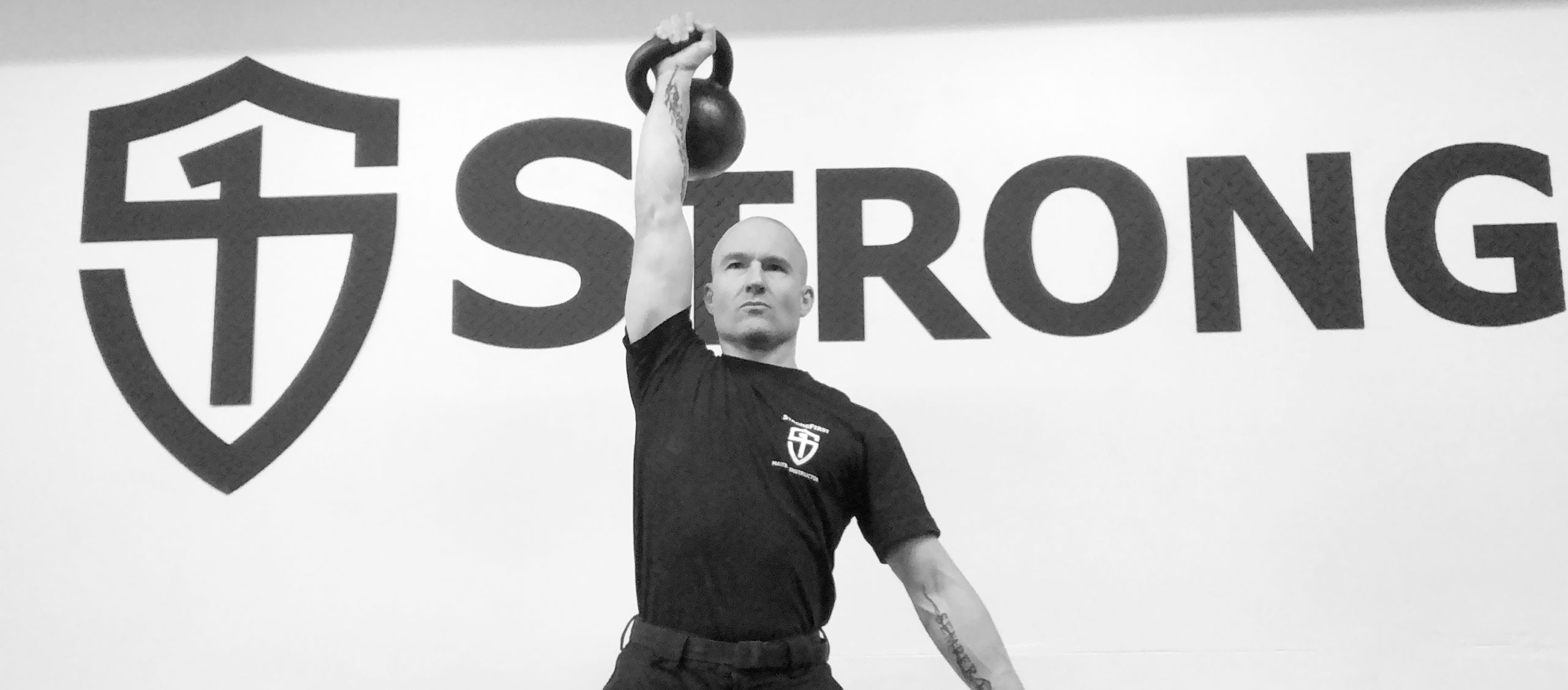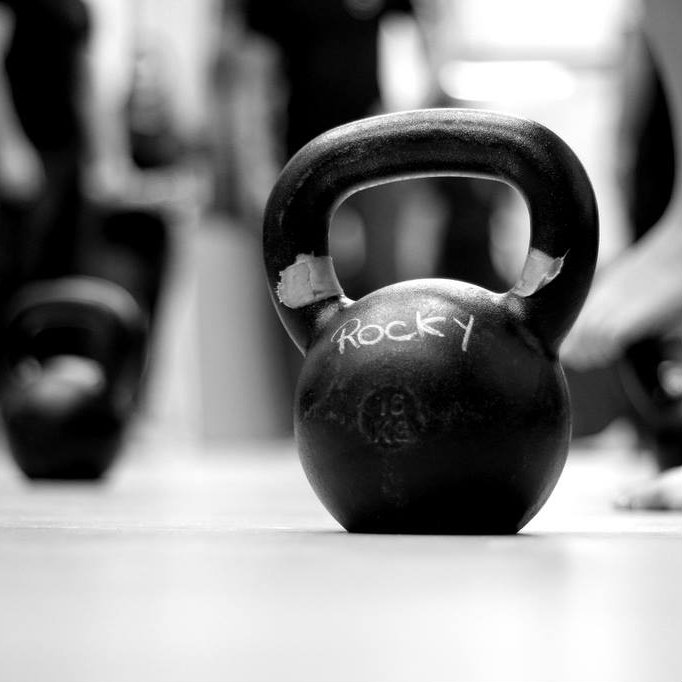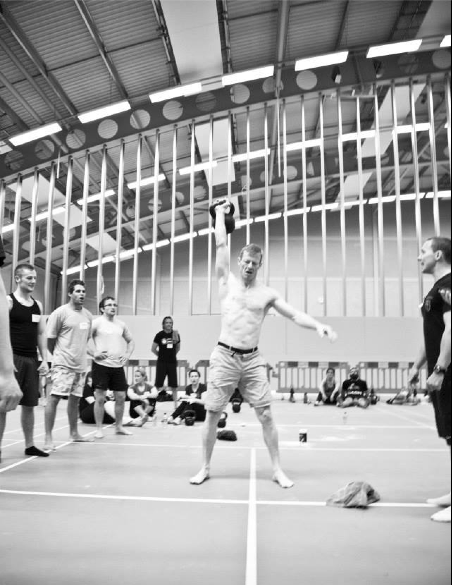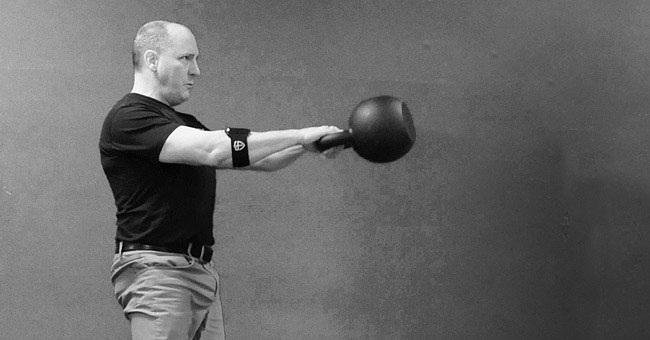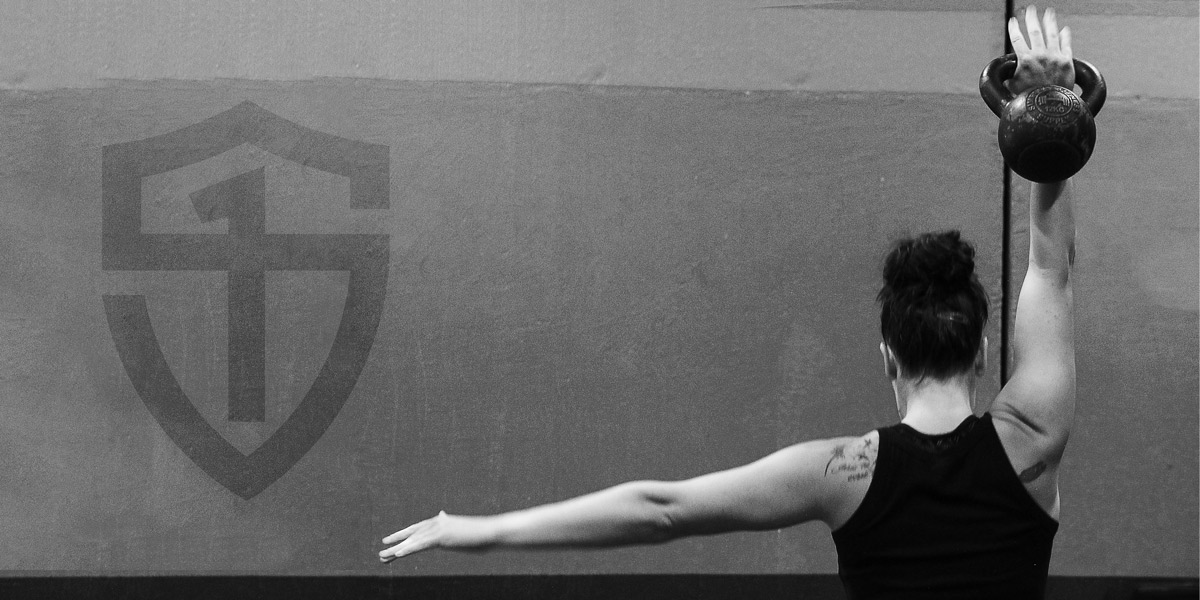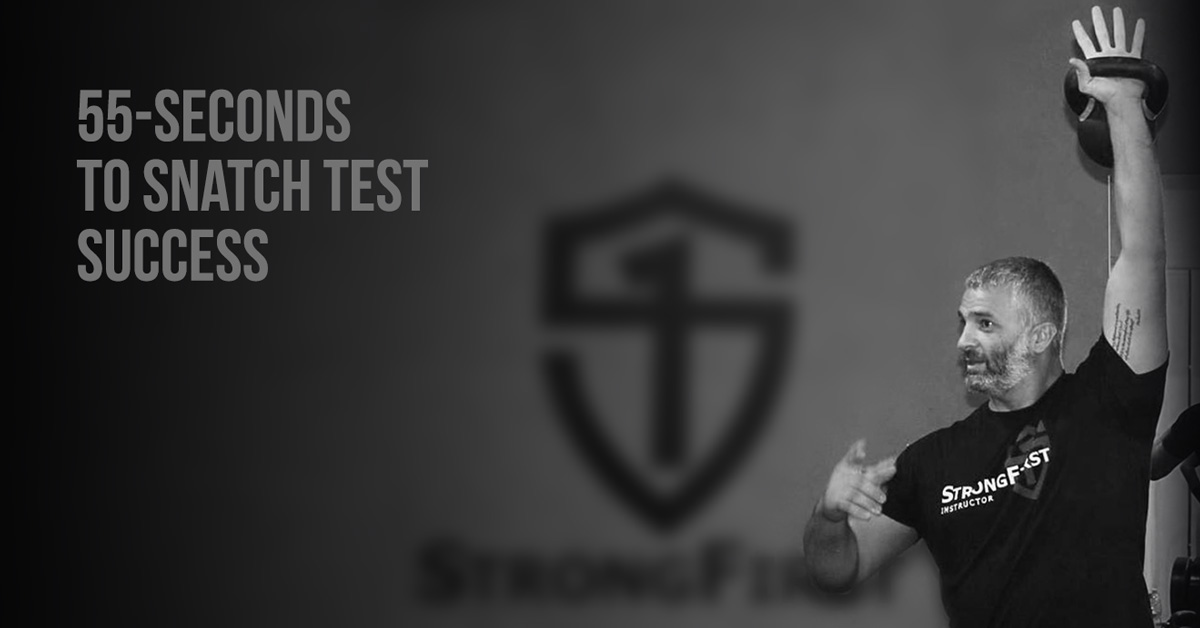watchnerd
Level 8 Valued Member
I value your opinion. Would you characterize S&S as being effectively a 1h swing programme with the TGUs "filling in the gaps" or would you see the swings and TGUs as being both about equal in importance?
Aww, thanks.
I pretty much share the opinion that @Steve Freides already expressed in:
To quote from what he wrote there:
Simple & Sinister
S & S also has multiple goals, but I think swings are the main focus, specifically a particular type of low-weight, high-force swing that clearly improves endurance and strength-endurance, and also yields strength improvements via mechanisms not yet fully understood. I think strength portion of S&S, the getup, is perhaps 20%, and the swing 80%.
Can you change the strength portion, the getups, and still have S & S's conditioning benefits? I think you can, and we have forum members who've followed S&S-like programs with less of a focus on the getup that prove this point. Can you substitute another strength move for the getup? Yes, e.g., try the military press and, at the end of each set, with the weight still at the top, perform a windmill or bent press.
So, yes, I think of S&S as primarily a 1H swing program with a mobility/strength "add on" in the form of the TGU, and if one has the option, there can be benefits to alternating the TGU in programming with other lifts and still fit the "ballistic pull + heavy upper body" meta-template that underlies Strongfirst philosophy on minimalist programming.
I do think the TGU has special value for chair-bound people who may not have been active in a long time, or perhaps ever, in terms of re-awakening movement patterns, as a form of active physical therapy.
And of course, if one has a goal to do super heavy 48 kg TGUs and hit Sinister, then, yes, it will need to be practiced a lot.
But generally, I don't think the TGU is a Tier 1 upper body strength or hypertrophy builder, so Intermediate lifters may be better off at some point moving the TGU to a "variety day", as is implied in ETK, to fill in the "in between strength":
The variety days are perfect for working on what Marty Gallagher called "in between strength", the angles and ranges of motion not addressed by traditional pulls and presses. Do get ups, windmills, and bent presses
I concur, and I always have variety days in my programming, although the activities vary by season. I also put my trigger sessions on variety days.
Last edited:

